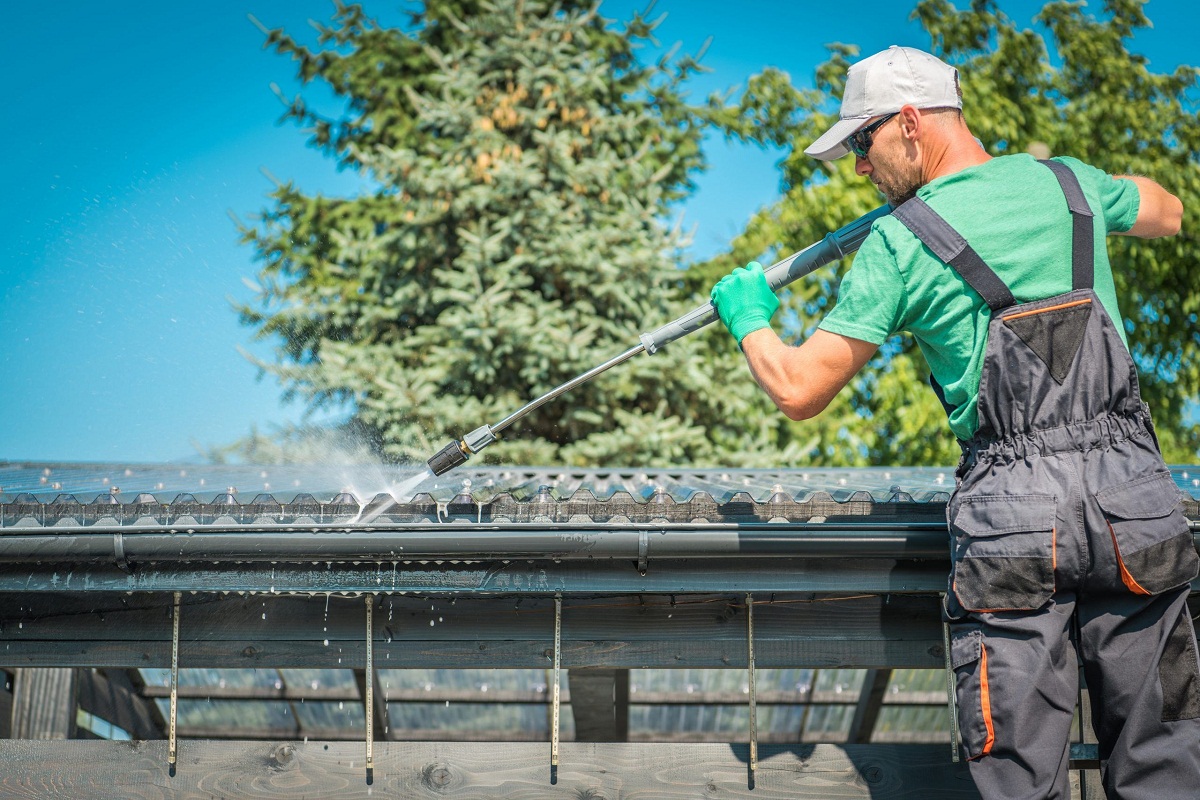

Articles
How To Clean Gutters Pressure Washer
Modified: October 28, 2024
Learn effective tips and techniques for cleaning gutters with a pressure washer in this comprehensive guide. Discover expert articles and step-by-step instructions to keep your gutters clean and well-maintained.
(Many of the links in this article redirect to a specific reviewed product. Your purchase of these products through affiliate links helps to generate commission for Storables.com, at no extra cost. Learn more)
Introduction
Gutters play a crucial role in diverting water away from your home’s foundation and preventing water damage. However, over time, gutters can become clogged with debris like leaves, twigs, and dirt, which can impede their proper function. Cleaning your gutters regularly is essential to ensure they remain free from blockages and allow the water to flow smoothly.
One effective method of cleaning gutters is using a pressure washer. A pressure washer delivers a powerful spray of water that can dislodge and remove even the most stubborn debris. In this article, we will guide you through the process of cleaning gutters with a pressure washer, providing helpful tips and precautions along the way.
Key Takeaways:
- Regularly cleaning gutters with a pressure washer using proper tools and safety precautions ensures optimal functionality and prevents water damage to your home’s foundation. Prioritize safety, thorough cleaning, and maintenance for long-term effectiveness.
- Implementing a regular maintenance schedule, using gutter guards, and monitoring for recurring issues can prolong the life of your gutters and minimize the need for frequent cleaning. Take proactive steps to protect your home and maintain its value.
Read more: How To Clean Decking With A Pressure Washer
Tools and Equipment Needed
Before you begin cleaning your gutters with a pressure washer, make sure you have the following tools and equipment:
- A pressure washer: Invest in a pressure washer with a medium to high PSI (pounds per square inch) rating to effectively remove debris from your gutters.
- Gutter cleaning attachment: This attachment is specifically designed to fit onto the end of your pressure washer wand and helps to direct the water flow into the gutters.
- Extension wand: An extension wand is useful for reaching higher areas of your gutters without the need for a ladder.
- Safety goggles: Protect your eyes from debris and splashing water by wearing safety goggles.
- Gloves: Opt for thick gloves to shield your hands from sharp objects and potentially harmful organisms present in the gutter debris.
- Appropriate clothing: Wear long-sleeved shirts and pants to prevent any debris from coming into contact with your skin.
- Ladder: If you need to access certain areas of your gutters, a sturdy ladder is essential. Ensure that the ladder is stable and positioned on a flat surface before use.
- Bucket or tarp: Place a bucket or tarp on the ground below to collect the debris that falls from the gutters.
- Gutter scoop or small hand trowel: These tools are handy for removing any stubborn debris that a pressure washer may not be able to dislodge.
- Water source: Make sure you have a nearby water source or a long enough hose to connect to your pressure washer.
Having all the necessary tools and equipment will make the gutter cleaning process more efficient and safe.
Safety Precautions
While cleaning gutters with a pressure washer can be an effective method, it’s important to prioritize safety. Here are some key safety precautions to keep in mind:
- Wear appropriate protective gear: Before you start, put on safety goggles to protect your eyes from debris and water splashing. Also, wear thick gloves and long-sleeved clothing to shield your hands and arms from sharp objects and potential contaminants in the gutter debris.
- Sturdy ladder usage: If you need to use a ladder to access your gutters, ensure it is stable and placed on a flat surface. Always follow ladder safety guidelines, including maintaining three points of contact and avoiding overreaching.
- Mind the power of the pressure washer: Pressure washers can deliver an intense spray of water, so exercise caution when using one. Avoid spraying the water directly at yourself, others, or any electrical components. Also, be mindful of nearby windows or delicate surfaces that can be damaged by the high-pressure water.
- Be aware of the surroundings: Take note of your surroundings, especially if you’re working near power lines. Keep a safe distance from electrical equipment to prevent accidents.
- Check for stability: Before starting, inspect your gutters to ensure they are firmly secured to your home. If you notice any signs of damage or instability, avoid using the pressure washer until the necessary repairs are made.
- Use proper technique: When operating the pressure washer, hold it securely with both hands and maintain a firm grip. Use smooth and controlled movements to avoid any sudden jerks or loss of control.
- Stay clear of the downspouts: While cleaning the gutters, do not aim the pressure washer directly into the downspouts. This can cause clogs or damage to the downspouts. Instead, focus on clearing the gutter channels.
- Know your limitations: If you’re not comfortable using a pressure washer or accessing your gutters, it’s best to hire a professional gutter cleaning service.
By following these safety precautions, you can minimize the risk of accidents and ensure a safe gutter cleaning process.
Step 1: Preparing for the Gutter Cleaning
Before you start cleaning your gutters with a pressure washer, it’s important to properly prepare for the task. Follow these steps:
- Check the weather: It’s best to clean your gutters on a dry day to avoid slippery surfaces and ensure optimal working conditions.
- Gather your tools and equipment: Review the list of tools and equipment needed (mentioned earlier in the article) and make sure you have everything readily available.
- Inspect the gutters: Take the time to inspect your gutters for any signs of damage, sagging, or loose sections. Make note of any repairs that need to be addressed before proceeding with the cleaning.
- Clear the area: Remove any obstacles or debris from the work area to create a safe and clutter-free environment. This includes trimming overhanging branches or vegetation that may obstruct your access to the gutters.
- Secure the ladder: If you need to use a ladder, ensure it is stable and positioned on a flat surface. Consider using ladder standoffs or ladder stabilizers for added security and to prevent damage to your gutters.
- Inform others: If you have people living with you or nearby, let them know about your gutter cleaning project to ensure their safety and awareness of any potential water splash or debris falling.
By taking the time to properly prepare for the gutter cleaning process, you’ll be ready to tackle the task efficiently and safely.
Step 2: Setting up the Pressure Washer
After preparing for the gutter cleaning, it’s time to set up your pressure washer. Following these steps will help you get started:
- Choose the right nozzle: Select a nozzle tip that provides a wide spray pattern, such as a 25-degree or 40-degree nozzle. This will help to dislodge debris without causing damage to the gutters.
- Connect the pressure washer: Connect your pressure washer to a nearby water source using a garden hose. Ensure the hose is securely attached to prevent any leaks.
- Turn on the water supply: Turn on the water supply and let it run for a few seconds to clear any air from the line.
- Start the pressure washer: Turn on the pressure washer and allow it to build up the necessary pressure. Follow the manufacturer’s instructions for starting and operating the machine.
- Affix the gutter cleaning attachment: Attach the gutter cleaning attachment to the end of the pressure washer wand. Ensure it is securely tightened to prevent any accidental detachment during cleaning.
- Adjust the pressure settings: Adjust the pressure settings on your pressure washer according to the manufacturer’s guidelines. Avoid using excessive pressure that could damage the gutters or other nearby surfaces.
By properly setting up your pressure washer, you will have the right equipment and settings to effectively clean your gutters.
Read more: How To Clean Siding With Pressure Washer
Step 3: Cleaning the Gutters with a Pressure Washer
Now that you have your pressure washer set up, it’s time to start cleaning the gutters. Follow these steps for effective gutter cleaning:
- Start at the downspout: Begin near the downspout, as this is where most of the debris tends to accumulate. Work your way outward along the gutter, moving in small sections.
- Hold the wand at an angle: Position the wand at an angle that allows the water to flow toward the downspout. This will ensure that debris is directed in the right direction and not pushed further into the gutters.
- Apply even pressure: Hold the wand steady and apply even pressure as you move along the gutter. This will help dislodge any debris and wash it away. Avoid using excessive force that could damage the gutters or cause water to overflow.
- Work in small sections: Clean one small section of the gutter at a time before moving on. This will ensure thorough cleaning and prevent overwhelming yourself with a large area.
- Remove stubborn debris: If you encounter stubborn debris that the pressure washer alone can’t remove, use a gutter scoop or small hand trowel to manually remove it. Avoid using sharp objects that could damage the gutters.
- Move the ladder when necessary: As you progress along the gutter, readjust the ladder as needed to reach different sections. Always ensure the ladder is stable and secure before climbing.
- Work from the top to the bottom: As you clean the gutters, work from the top down, allowing the water and debris to flow naturally toward the downspout.
Take your time and be thorough when cleaning each section of the gutter. It’s important to make sure all debris is removed for optimal gutter function.
When using a pressure washer to clean gutters, start at the downspout and work your way out to ensure debris is pushed in the right direction. Be cautious of the pressure to avoid damaging the gutter.
Step 4: Removing Debris and Residue
Once you have finished cleaning the gutters with the pressure washer, it’s time to remove any remaining debris and residue. Follow these steps to ensure a thorough cleaning:
- Inspect the gutters: Take a close look at the gutters to check if any debris or residue is still present. Pay attention to corners, joints, and areas where debris tends to accumulate.
- Use a gutter scoop or hand trowel: If you notice any remaining debris, use a gutter scoop or small hand trowel to manually remove it. Be cautious not to damage the gutters while doing so.
- Flush with water: After removing the larger debris, use the pressure washer or a garden hose to flush the gutters with water. Start at the highest point and let the water flow freely through the gutters and downspouts.
- Check for blockages: Observe the flow of water down the downspouts. If you notice any blockages or slow drainage, it may be an indication of clogs in the downspouts or underground drainage system. Clear any blockages using a plumbing snake or consult a professional if needed.
- Remove stains and residue: If you notice any stains or residue on the gutters, consider using a mild detergent or gutter cleaning solution to gently scrub away the stains. Avoid using harsh chemicals that may damage the gutters or surrounding surfaces.
- Rinse again: Once you have removed the debris and cleaned any stains, give the gutters a final rinse with water to ensure they are clear of any remaining residue.
Removing debris and residue from the gutters will help maintain their functionality and improve their overall appearance. It’s important to regularly check for any accumulation and remove it promptly to avoid future clogs and water damage.
Step 5: Rinse and Inspect the Gutters
After cleaning and removing debris from the gutters, it’s time to give them a final rinse and thorough inspection. Follow these steps to ensure your gutters are in optimal condition:
- Rinse with water: Use the pressure washer or a garden hose to rinse the gutters one last time. Start at one end and work your way to the other, ensuring that any remaining debris or residue is cleared away.
- Check for sagging or loose sections: While rinsing, pay close attention to any signs of sagging or loose sections in the gutters. These issues can affect the functionality of the gutters and may require repairs or adjustments.
- Look for leaks: Inspect the gutters for any signs of leaks along the seams or joints. If you notice any leaks, mark their locations for repair and consider applying a gutter sealant to prevent further leakage.
- Examine the downspouts: Check the downspouts for blockages or obstructions. Ensure that they are securely attached to the gutter system and that water flows freely through them.
- Inspect the fascia board: Take a moment to examine the fascia board behind the gutters. Look for any signs of rot, water damage, or pests. Address any issues promptly to prevent further damage to your home’s structure.
- Tighten loose fasteners: If you notice any loose screws, brackets, or fasteners during the inspection, tighten them accordingly. This will help to ensure the stability and longevity of the gutter system.
By rinsing and carefully inspecting your gutters, you can identify and address any potential issues before they escalate. Regular maintenance and inspection are key to keeping your gutters in optimal condition.
Step 6: Cleaning the Downspouts
Cleaning the downspouts is an important part of the gutter maintenance process. Follow these steps to ensure your downspouts are clear and functioning properly:
- Inspect the downspouts: Start by visually inspecting the downspouts for any visible blockages or debris. Look for signs of clogs such as water overflowing or slow drainage.
- Remove the downspout extension: If your downspouts have extensions, detach them to access the main downspout easily.
- Use a plumbing snake or wire: If you notice any blockages in the downspout, insert a plumbing snake or a long wire into the downspout and gently push it through to dislodge the debris. Move the snake or wire up and down to break up any stubborn clogs.
- Flush with water: Once the blockage is removed, use a garden hose or the pressure washer to flush water through the downspout. This will help to ensure all remnants of debris are cleared away.
- Reattach the downspout extension: After clearing the downspout, reattach the downspout extension if you had removed it earlier.
- Inspect for proper drainage: Finally, test the downspout by pouring water into the gutters and observing whether it flows freely through the downspouts. Check for any leaks or obstructions that may still be present.
By properly cleaning the downspouts, you can ensure a clear path for water to flow away from your home and prevent any potential water damage or drainage issues.
Read more: How To Clean Driveway With Pressure Washer
Step 7: Final Inspection and Maintenance Tips
After completing the gutter cleaning process, it’s important to conduct a final inspection and implement some maintenance tips to keep your gutters in good condition. Follow these steps:
- Inspect the overall condition: Take a final look at the gutters to ensure they are clean, free of debris, and securely attached to your home. Check for any signs of damage, sagging, or leaks.
- Address any repairs: If you notice any issues during the inspection, such as loose brackets, damaged gutters, or leaks, make the necessary repairs promptly. This will help prevent further damage and maintain the effectiveness of your gutter system.
- Clear the surrounding area: Remove any debris or leaves around the gutters and downspouts to prevent them from accumulating and causing future blockages.
- Schedule regular maintenance: Make a note of when you performed the gutter cleaning and establish a regular maintenance schedule. Depending on your location and the surrounding vegetation, it is recommended to clean your gutters at least twice a year.
- Consider gutter guards: Investing in gutter guards or screens can help minimize the amount of debris that enters your gutters. These protective covers act as a barrier, preventing leaves and larger debris from clogging the gutters.
- Monitor for recurring problems: Be vigilant about any recurring issues such as persistent clogs, leaks, or sagging gutters. If problems persist, it may be best to consult a professional to assess the situation.
- Maintain surrounding trees and vegetation: Trim overhanging branches and regularly remove leaves and debris from nearby trees to minimize the amount of debris that can accumulate in your gutters.
By conducting a final inspection and implementing these maintenance tips, you can help prolong the life of your gutters and minimize the need for frequent cleaning.
Conclusion
Cleaning gutters with a pressure washer is an effective method to maintain their functionality and prevent water damage to your home. By following the steps outlined in this guide, you can ensure a thorough and efficient gutter cleaning process.
Remember to prepare adequately by gathering the necessary tools and equipment, and prioritize safety by wearing protective gear and maintaining ladder stability. Setting up the pressure washer correctly and using the appropriate attachments will help you clean the gutters effectively.
Throughout the cleaning process, be mindful of any sagging or loose sections, as well as potential leaks or blockages in the downspouts. Take the time to clear debris and residue, rinse the gutters, and inspect them for any repairs or maintenance needed.
Regular gutter maintenance, including cleaning at least twice a year, will help prevent clogs, water damage, and ensure the longevity of your gutter system. Consider using gutter guards to further enhance their efficiency and reduce the frequency of cleaning.
By following these steps and implementing proper maintenance, you can keep your gutters clear and functioning optimally, protecting your home from potential water damage and maintaining its value for years to come.
Frequently Asked Questions about How To Clean Gutters Pressure Washer
Was this page helpful?
At Storables.com, we guarantee accurate and reliable information. Our content, validated by Expert Board Contributors, is crafted following stringent Editorial Policies. We're committed to providing you with well-researched, expert-backed insights for all your informational needs.
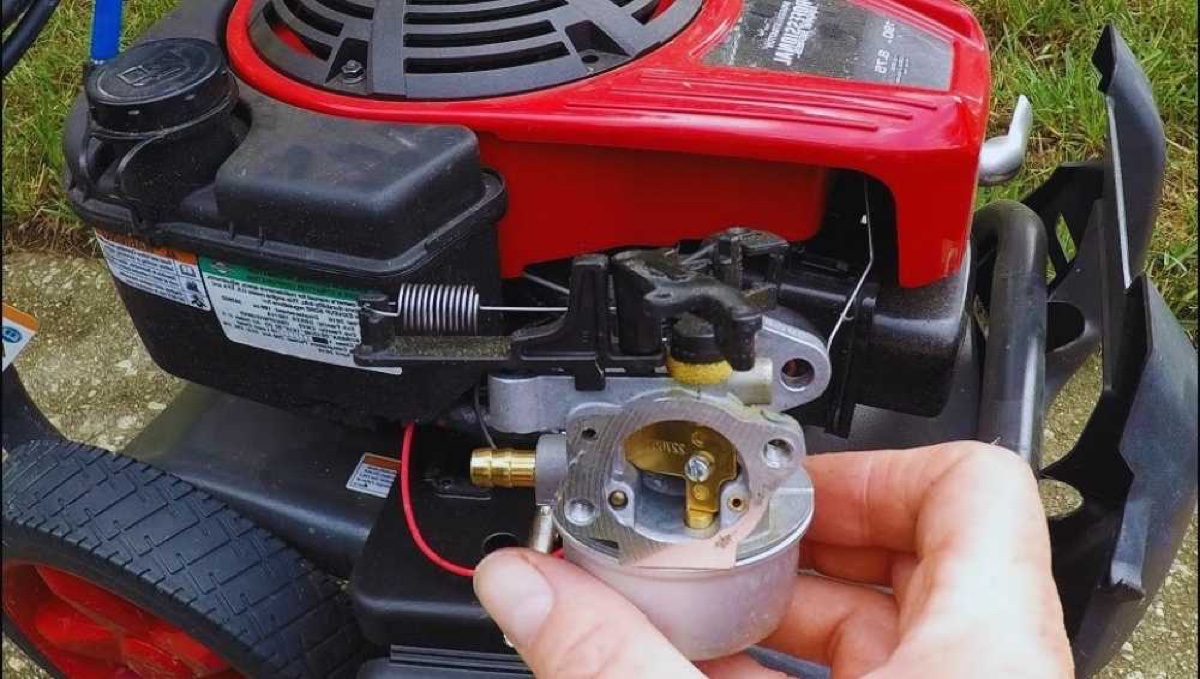
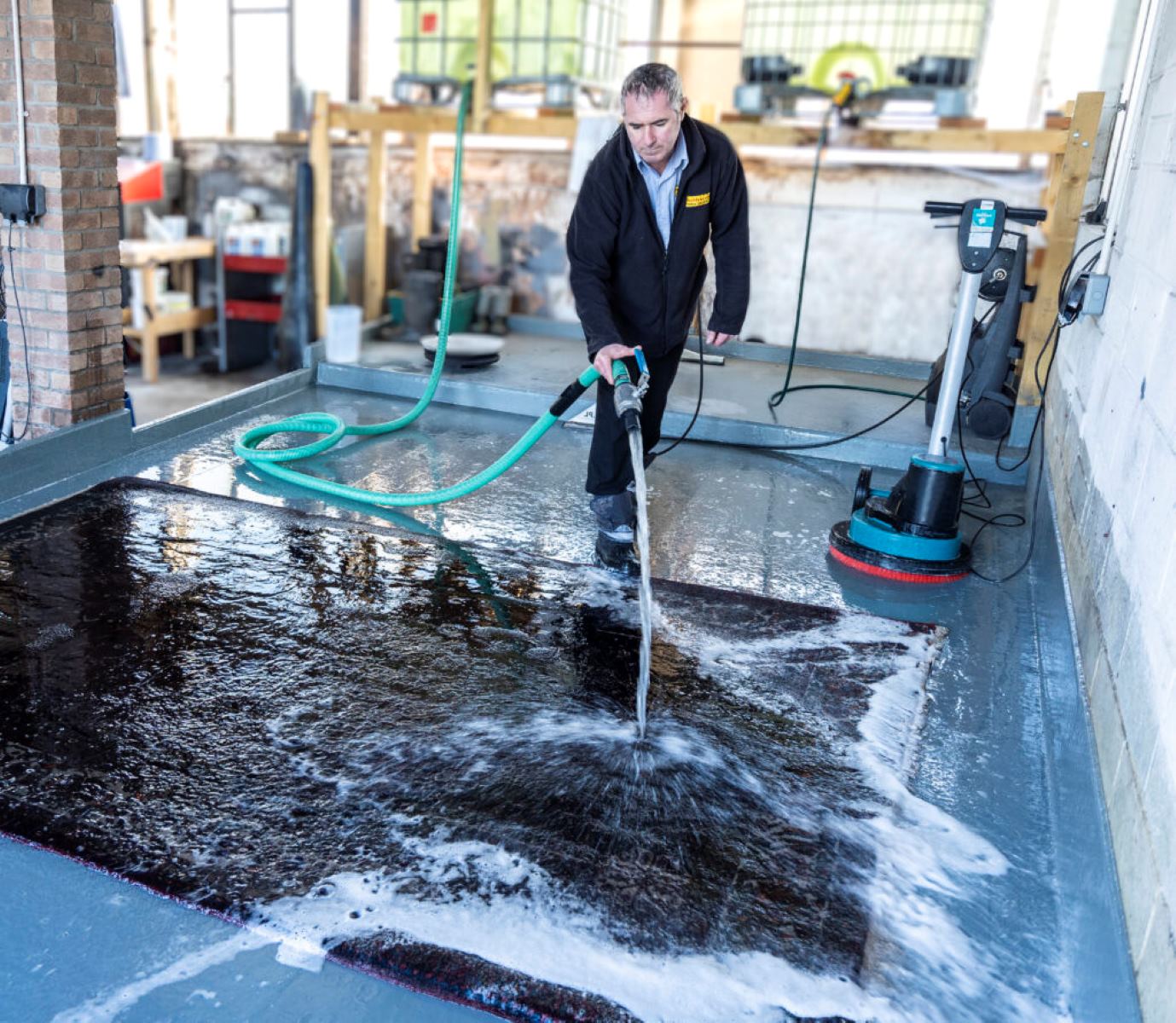
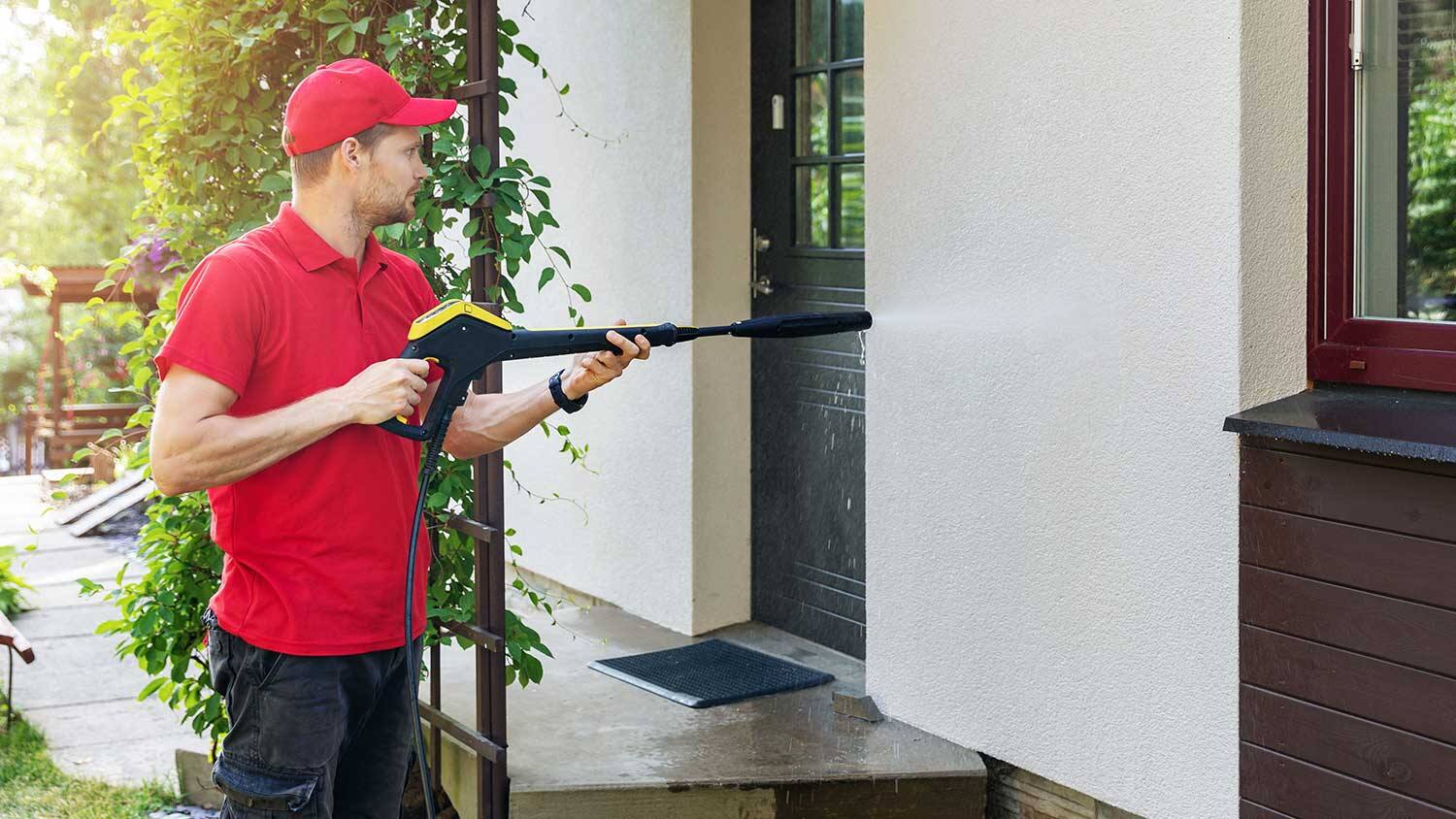
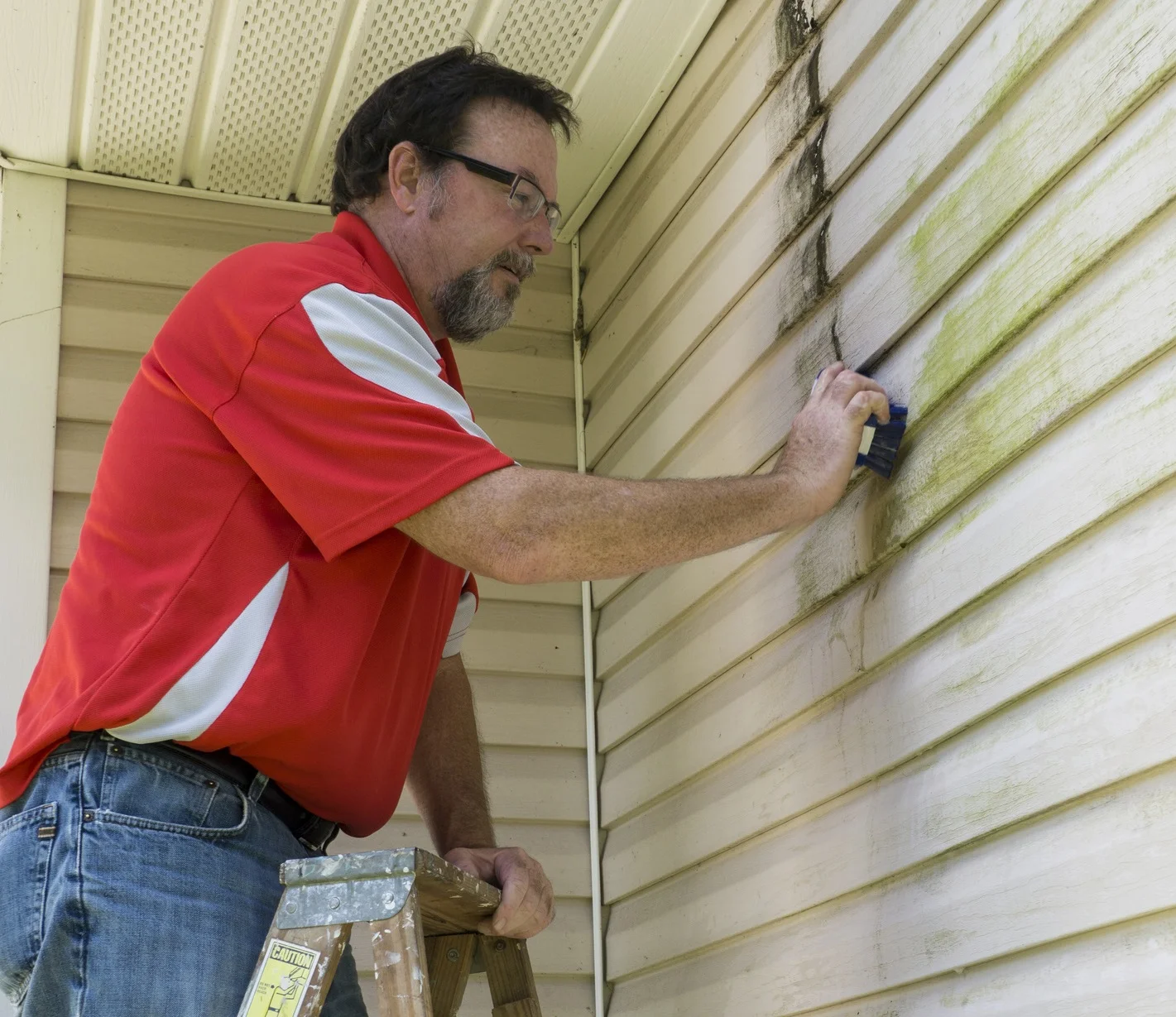
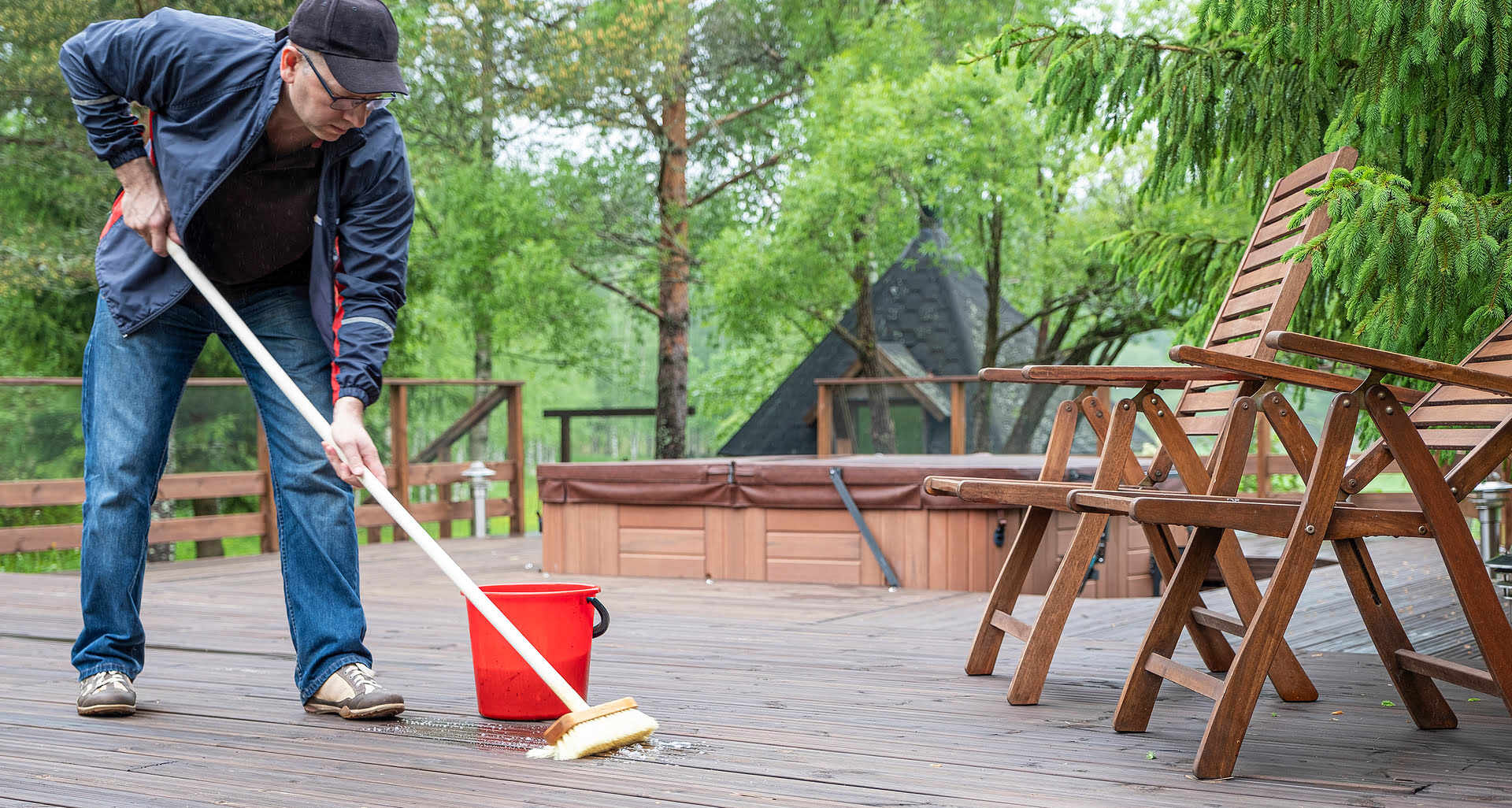
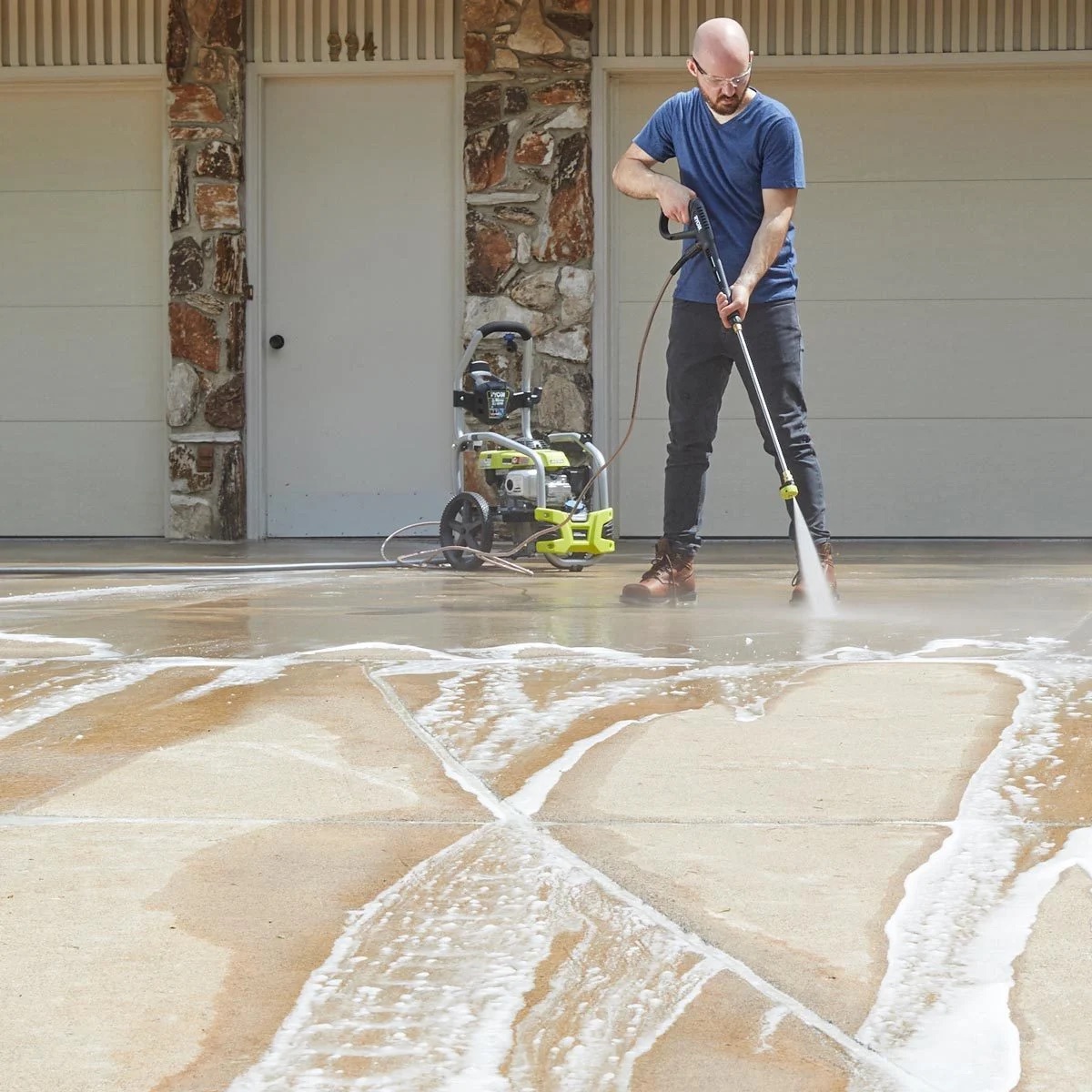
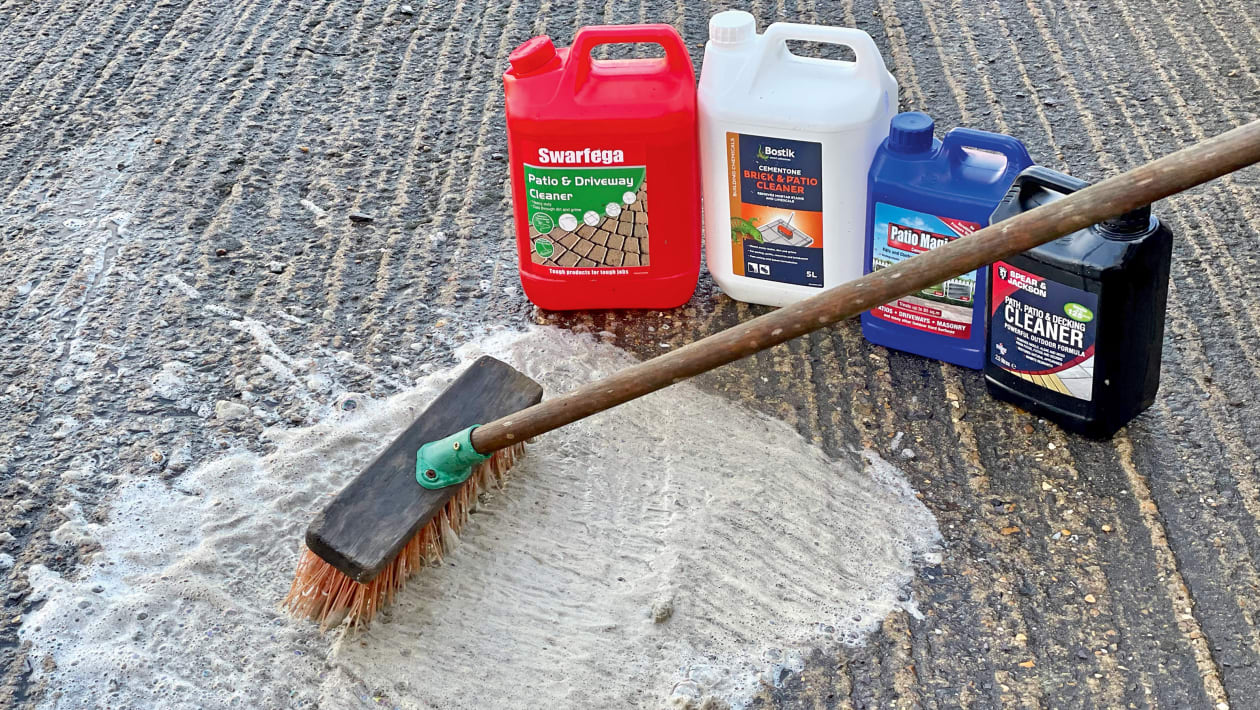

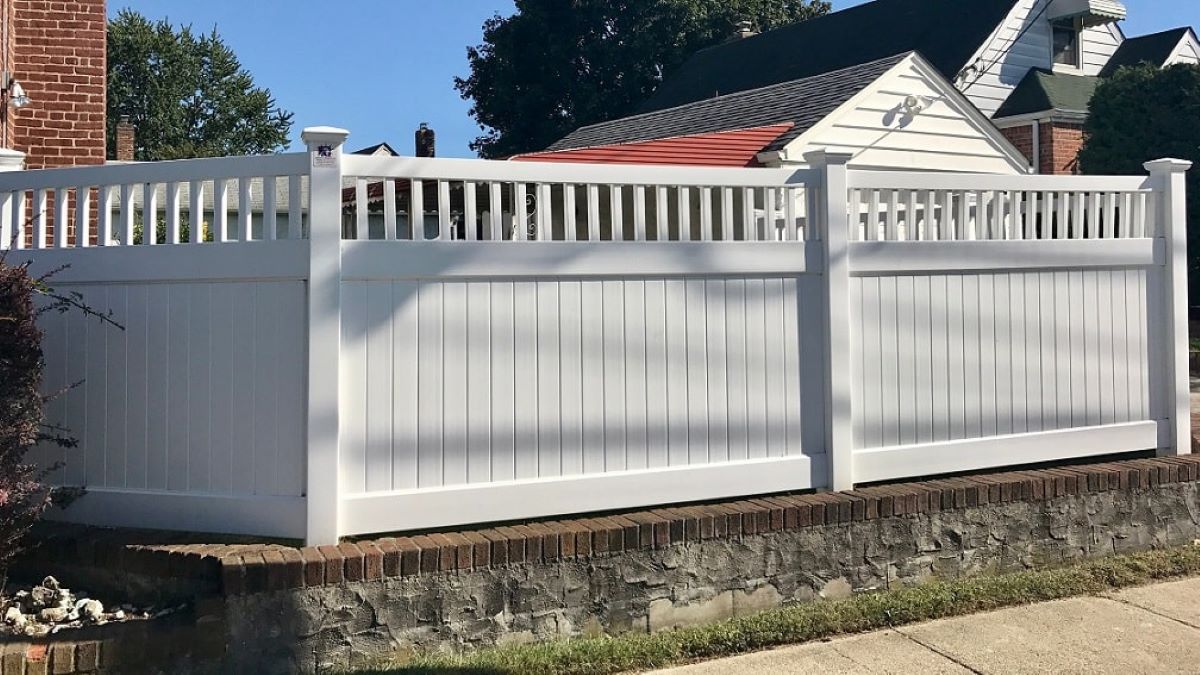

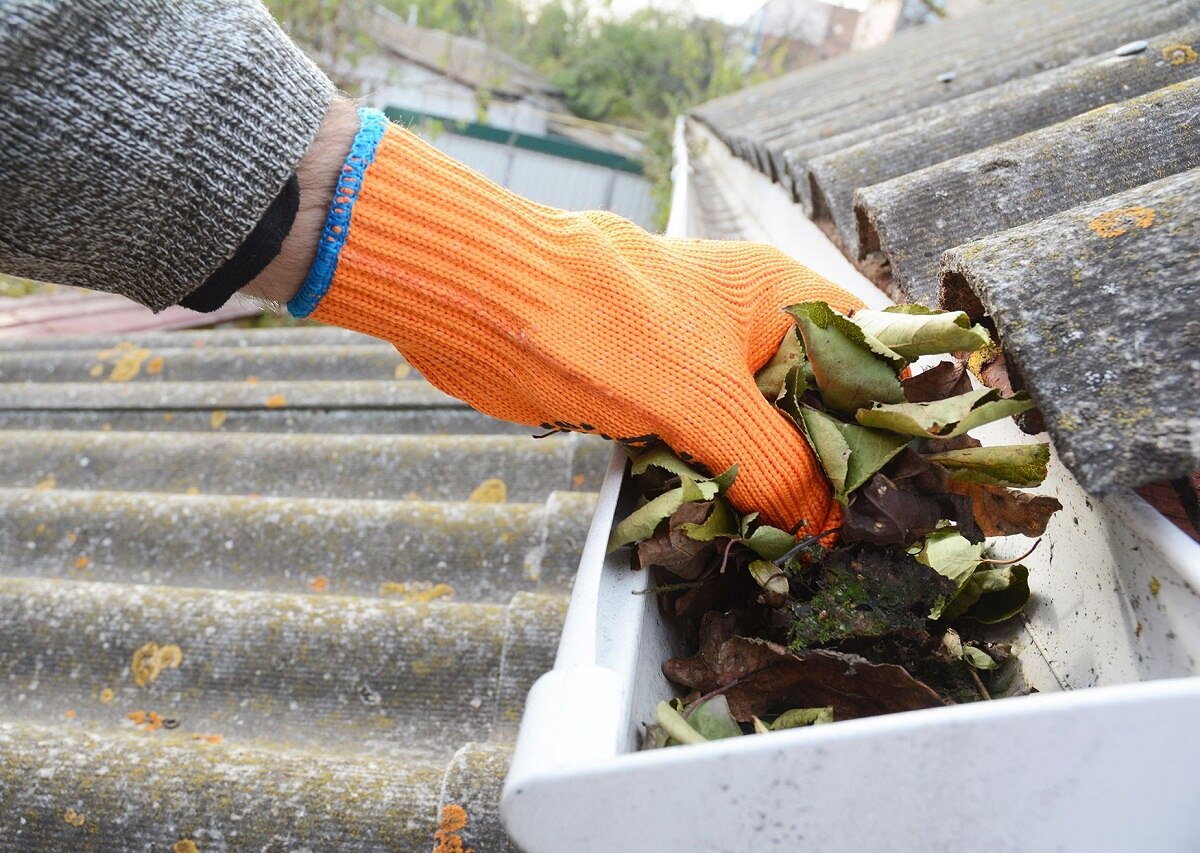
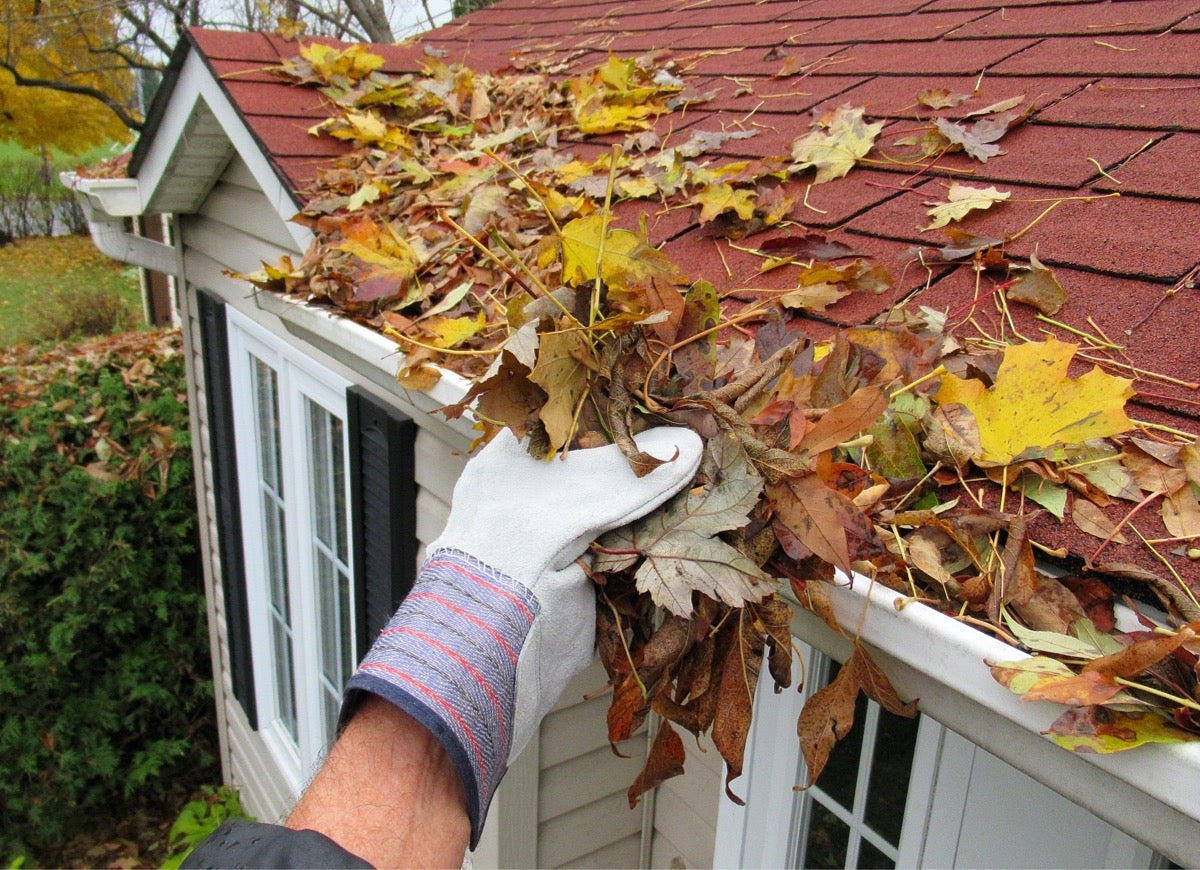
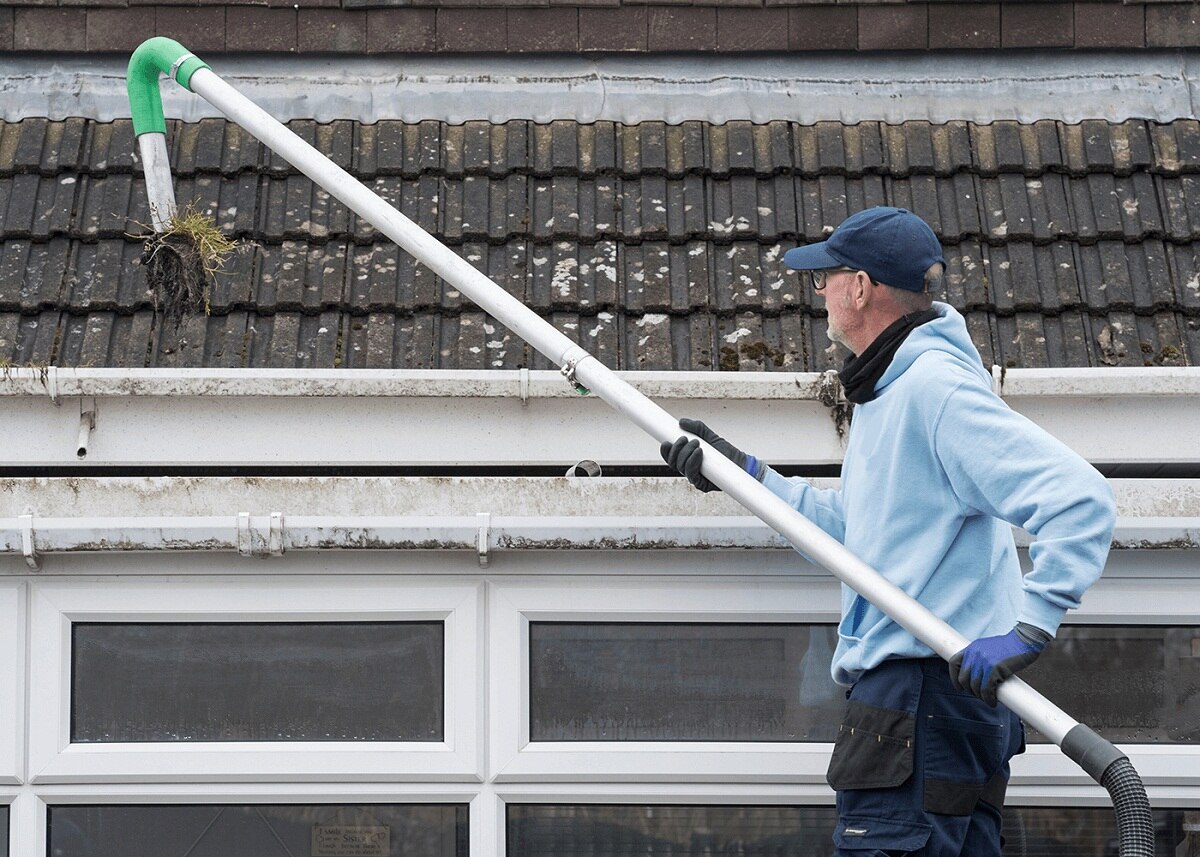

0 thoughts on “How To Clean Gutters Pressure Washer”